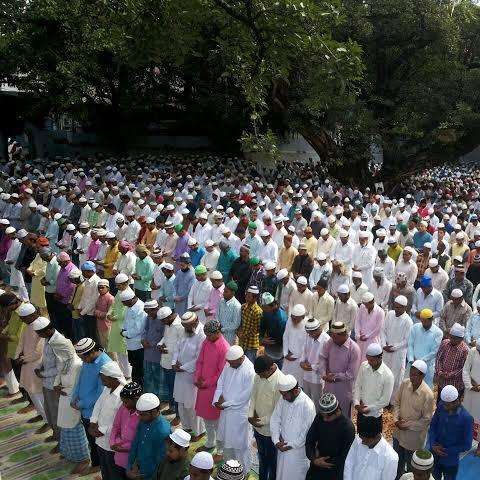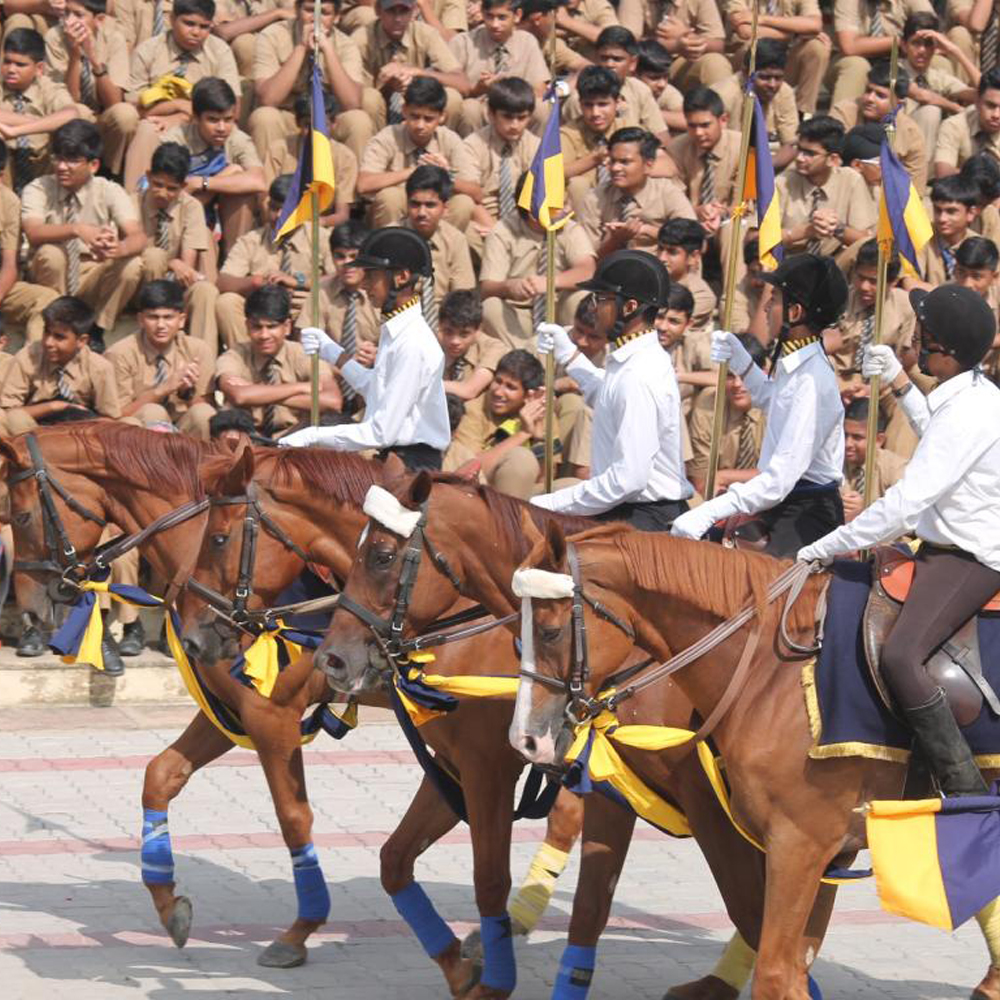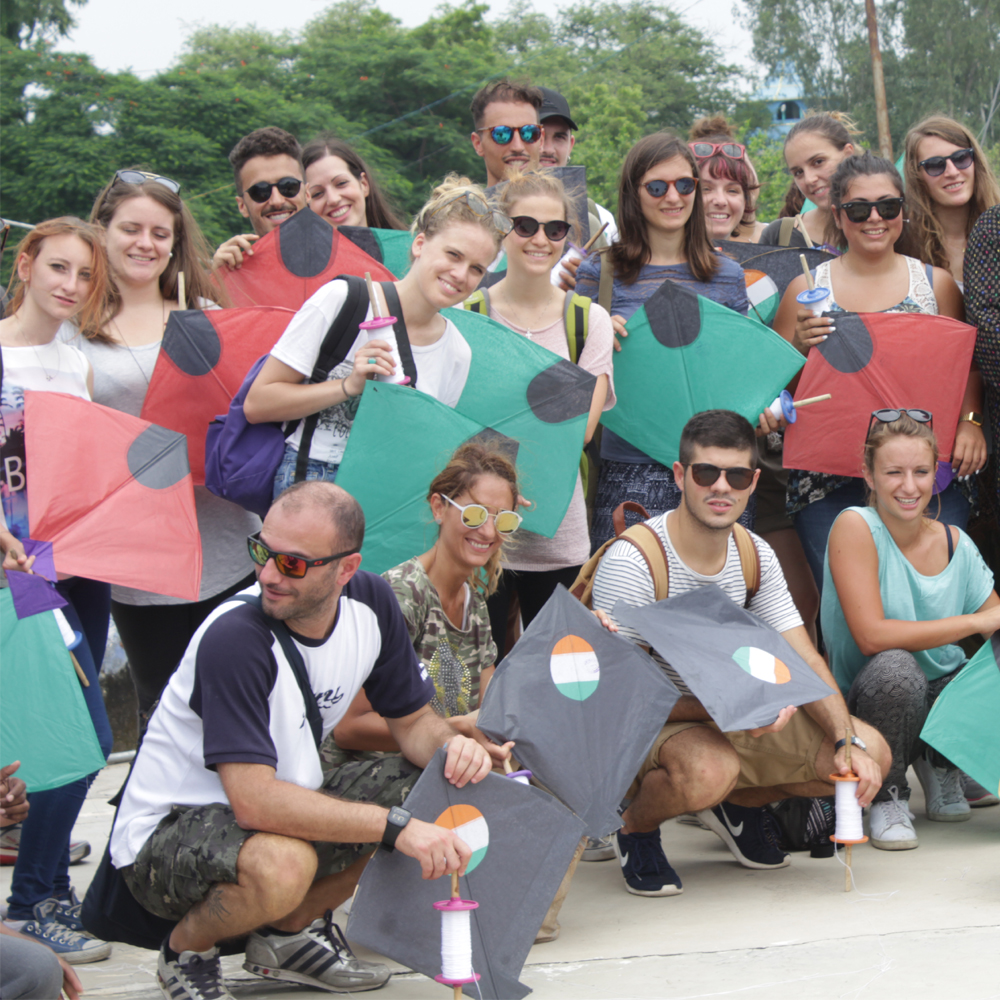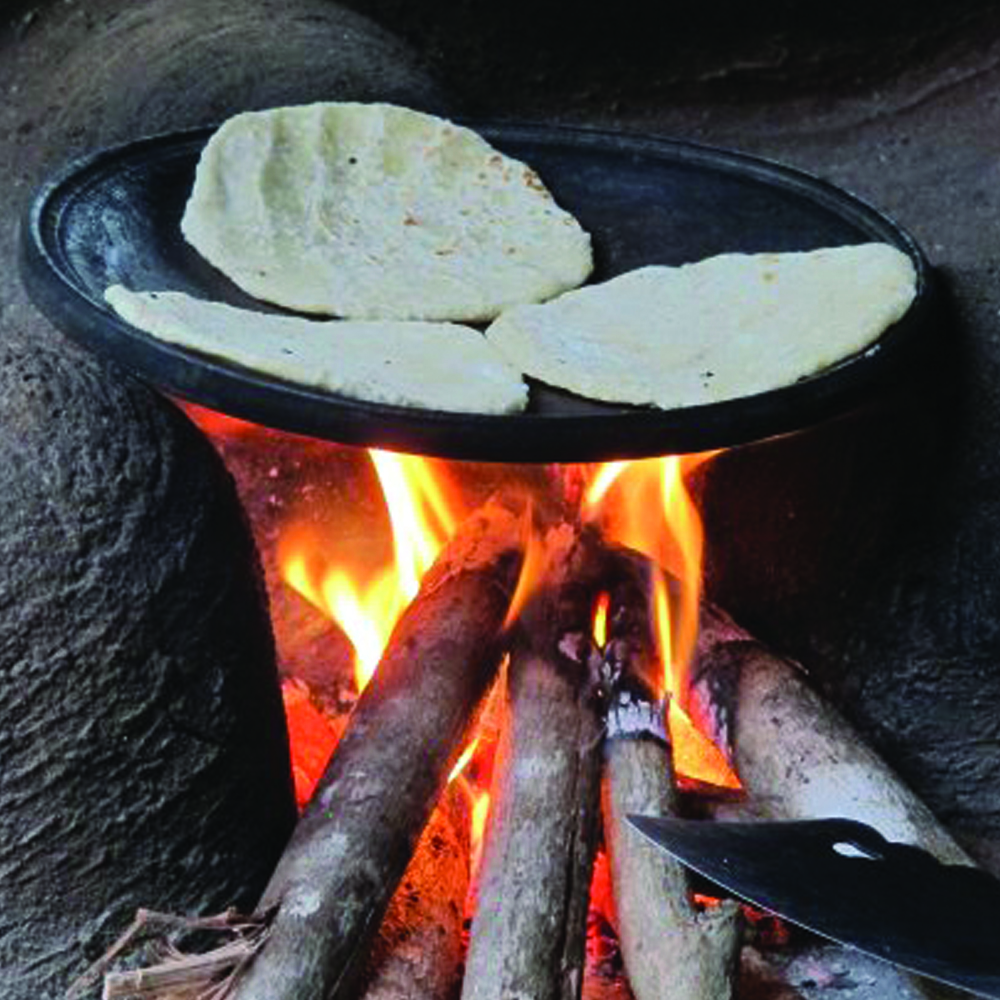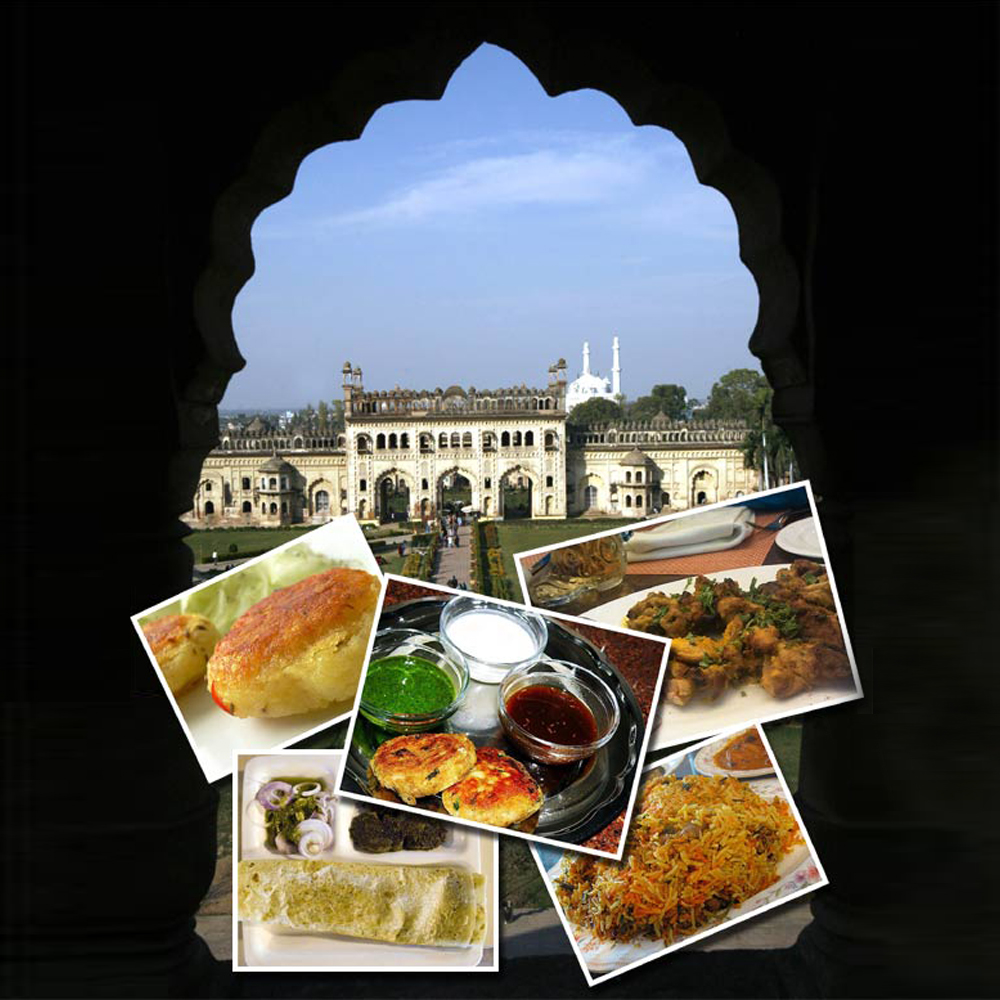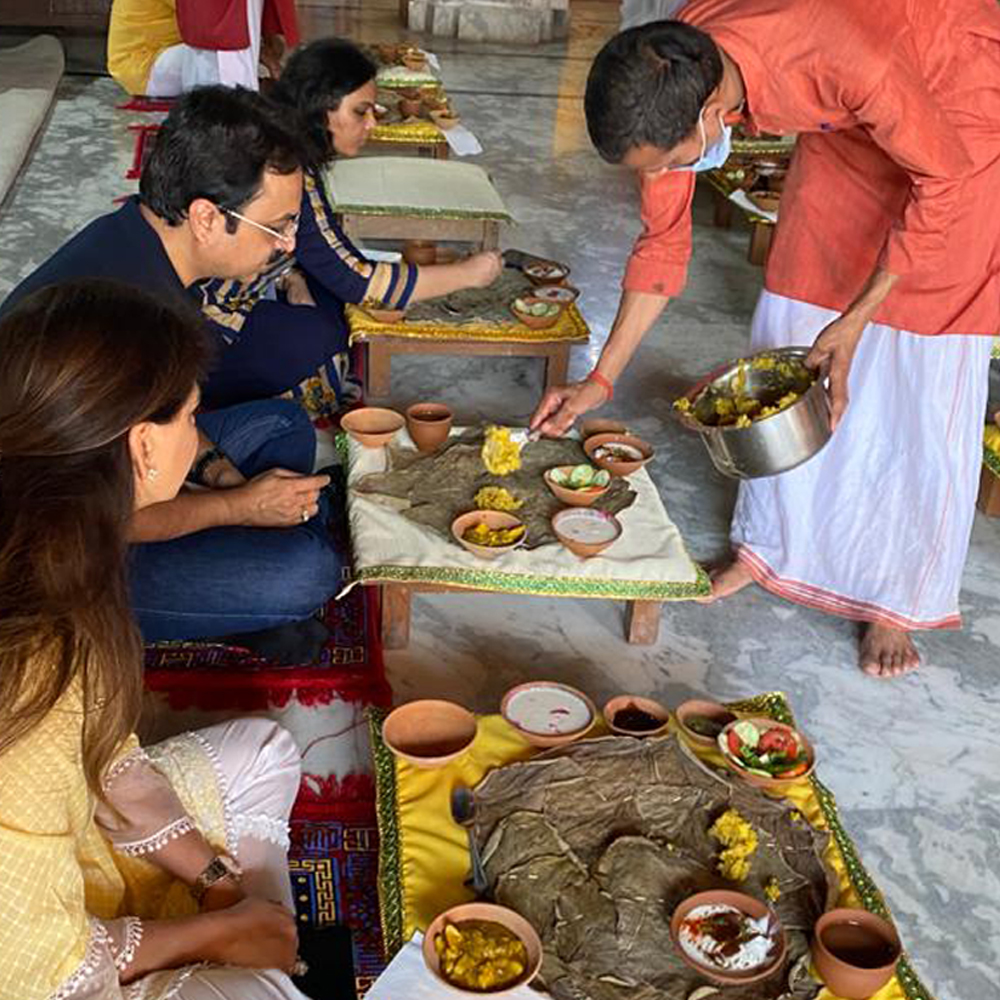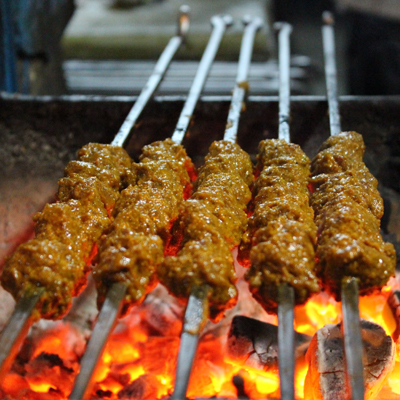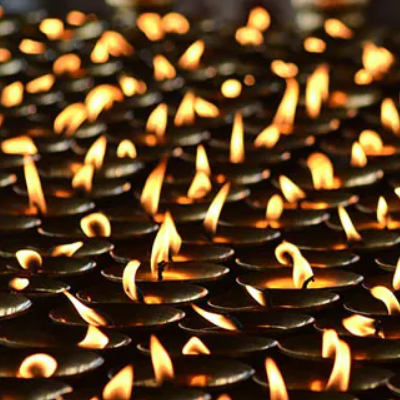Sravasti
Sravasti just 3.5 hours drive from the state capital of Lucknow is situated on the banks of the river Rapti. Some spell it as Shravasti and both spellings are correct with slight variation in how they draw the origin of its name.
During the time of Gautum Buddha it was one of the six large cities in India. It is named after the legendary king Shravasti and finds mention in the epic Mahabharata. The Buddhists believe that it is named after a sage Savattha who stayed here. It was also the capital of Kosla Kingdom (also spelt as Kosala) which was ruled by king Pasendi, a disciple of Lord Buddha. It is of importance to both, the Hindus as well as Buddhists.

Lord Buddha’s Statue in Sravasti & Daen Mahamangkol Chai Temple
Sravasti also finds mention in the epic of Ramayana and it mentions it as a place where Lord Rama who was also the king of Kosala had installed one of his two sons, Luv here, while another son, Kush was installed in Kushavati.
Shravasti or Sravasti is now an important pilgrimage center for the Buddhists, attracting devotees from all over the globe, especially from Japan, China, Thailand, Korea, Singapore, Cambodia, Myanmar, Philippines, Vietnam and Sri Lanka. It is said that Buddha had spent good twenty five monsoon seasons in Sravasti. He is said to have spent spent nineteen seasons in the Jetavana Monastery and six in Pubbarama Monastery. It was on the invitation of a rich merchant and banker Anathapindika. Anathapindika was a relative of Subhuti, a follower of Lord Buddha. The name ‘Anathapindik’ literally means the one who donates and protects the ones who have less means. Anathapindika had first met Buddha in Rajagriha (Rajgir) on one of his business trips and reached enlightenment after hearing one of Lord Buddha’s sermons. After coming to Sravasti Buddha gave maximum of his sermons here.

Mulagandhakuti is in Jetavana Monastery. A place where Lord Buddha stayed.
Saheth
Sahet is a much visited Buddhist site situated in the heart of the town with a large cluster of Buddhist shrines. Though it was forlorn and un-cared in the medieval times for many years, but earlier Saheth was a well known centre for learning, training and worship in ancient times. After couple of excavations that took place at this site, it came to light that it was the actual place of the Jetavana Monastery, which was the second Vihara or monastery donated to Lord Buddha after Venuvana in Rajgir. This monastery was gifted to Buddha by his chief male disciple Anathapindika, after which the place became an important site for Buddhist pilgrims. At present the large area of the monastery is a cluster of excavated remains. The stupas date back to the Kushan period and temples go back to the Gupta era while some excavated ruins date back to a period between the Maurya and the 12th Century.
Mahet
Maheth is considered to be the actual site of the ancient city of Sravasti and a popular Buddhist shrine spread in the area of about four hundred acres having ruins of old stupas and relics of Buddhist importance. This site too like Sahet was undiscovered and uncared till it was excavated and researched revealing its past glory and antiquity. It is even considered to be the place where the old Shobanath Temple existed.
Pakki and Kacchi Kuti
Pakki Kuti is the largest accumulation of buildings in Sravasti. According to the famous Chinese travellers Fa-Hien, Hieun Tsang and archeologist Sir Alexander Cunningham these are the remains of the stupa of Angulimala (also called Angulimar) who was a cruel dacoit of those times and was transformed by Lord Buddha. It is assumed to be built as a terraced stupa on a rectangular platform. The structure reveals the construction from different periods, earliest being from the Kushan period.
Another elevation here is known as the Kacchi Kutti which is situated a few meters away of Pakki Kuti. Inscriptions with image of Bodhisatva on the lower portion excavated deciphers that the structure is from Kushan period and is associated with Brahmanical temple by some scholars. While another argument backed by Chinese travellers and pilgrims, Fa-Hien and Hieun Tsang connect it to the Stupa of Sudatta (Anathpindika).

Anathapindika Stupa (also known as Sudatta Stupa)
Daen Mahamongkol Chai Temple
It is the most famous and the largest temple built by Maha Upasika Sitthipol of Thailand in Sravasti. It is a center of leaning and meditation giving a rejuvenating experience. The area gives an experience of a natural forest with fresh water reservoir along with 6 huge halls that can accommodate about three thousand guests for prayers and meditation. Then there are also many meditation huts and huge dining areas. One can be a part of congregation here or spend time to understand the purpose of life, discarding all bad habits and cleansing the mind to return home and follow the path of righteousness and spread the message of love to family, acquaintances and to the entire world.









